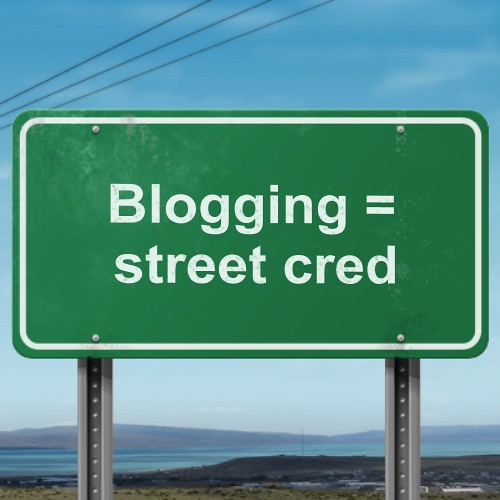 |
| Photo Credit: derekdavalos |
Why Game Based Learning?
I think Games Based Learning is Future Focused.
When I use the words like future focussed learning, I am referring to the process of doing, acting and thinking differently in such a way where it is not just what a student knows but what they can do with what they know. Critical to this is the doing, acting, thinking different - with others.
Based on playing Never Alone and seeing the games my students are creating, I think it is possible for Game Based learning to be a vehicle for thinking about the present and future differently.
For myself, to teach, act, think differently requires the classroom teaching/learning space to oscillate between certainty and uncertainty. The certainty of curriculum knowledges applied into a variety of certain and uncertain spaces. An uncertain space is one not previously understood, where we are unsure what to do.
I create spaces for my students to design games in class because I observe the students relating to each other in ways I haven't seen or heard in other curriculum areas. When students are creating games the classroom soundscape literally activates the room. The room moves quickly from silent, to slow talking, to loud fast talking, then drops down to silent and re loops. I refer to this soundscape as the “hum” There is a learning hum going on and it is not the same learning that’s happening in my numeracy and literacy lessons.
Game Based Learning can nudge ‘strong collaboration’ amongst students. Not only are students creating something that they could not create on their own there is tension - a lot of it. We need our students to experience these tensions and move from social collaboration to team collaboration. To move towards Strong collaboration I think the Key Competencies need to be firmly anchored into the teaching / learning process.
Thinking that inspires me...
Game based learning links so well with play based learning.
“Play should be our greatest work, as it is the biggest driver of innovation”
Laura Seargeant Richardson from Play Power: How to turn around our creativity crisis
The type of energies that we use when we play allow us to think more creatively. We use multiple intelligences. During play we demonstrate an ability to think beyond the unimaginable, change and manipulate ideas and collaborate with others.
In the 1980’s a father invented a game of make-believe for his 12 children to keep them occupied over the summer. The children were sailors on a ship. Their father, formally in the navy himself, was able to help recreate his place of work. The children took on all the duties required to man the ship. It was as realistic as one could imagine and the rocked back between work and play. Actually the lines between work and play were somewhat blurred. The game lasted for years and in recent reflection those children (now adults) were able to make direct connections with the skills they learnt during their make believe play and what they now do in their jobs as adults. .
So if we take this example of play as work and apply it to our classrooms one could argue that the more realistic the experience the more authentic the learning that occurs. Role play is a highly engaging way to interest students in the potential problem solving of wicked problems. Teacher in role is one of my favourite ways to introduce new learning experiences. What if we took that one step further and blurred the lines of work and play so that our experiences in the classroom had a direct effect on our community outside the classroom? What if the games we designed had purposes beyond our own enjoyment? Or is the process more important than the product?
Then there is play for the purpose of play alone. The “suspension from reality” where we can take risks that do not have a direct effect on our lives (Gee as cited in Wheeler, 2015). I can fall off the ledge in Temple run and get another life!! I can feed a monster the wrong colour condo and risk him getting angry and then change my strategy to get more points. I can persist at finding the right path to the next level. I can work out new ways to do things. The world will still turn, the sun will still rise and I will still have reports to write! Haha.
Unless we are playing alone, play involves complex negotiations of turn taking and rule following. The neurons are firing! The social skills we develop during play have direct influence on our brain development (Hamilton, 2014) therefore playing is good for you! Bonobo monkeys have been observed to use play to connect with each other, to cooperate and create together. From an evolutionary perspective, play is embedded in everything we do (Behncke, 2015).
The more I look at play the more I see potential for it as a vehicle for learning. Games are a form of play, one that our students are already engaged with. Let’s build on this!
References:











